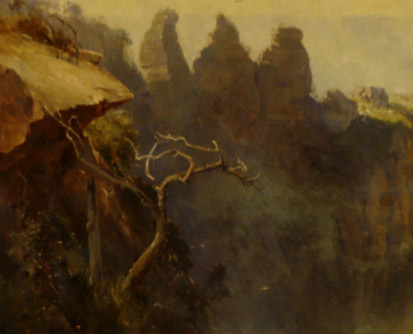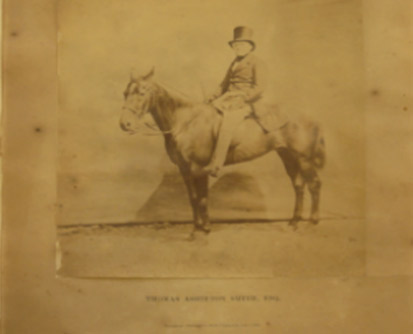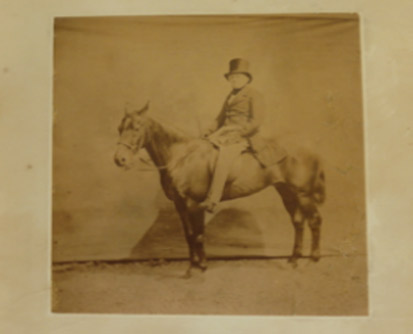Morpeth Conservation Studio provides a comprehensive service undertaking treatments to all problems associated with oil paintings and their long term preservation.
The Restoration Process
Upon receiving a work that needs restoring, we examine the work, making note of the signature to identify the artist. Trained as an art historian, we are aware of the style of that period, the painting technique, and the materials available to an artist of that time. This knowledge help us identify the pigments and fabrics that were popular and available to the artist which help us determine the best approach for the restoration. We often remove the frame and look under the “tacking” edge (a thin area hidden beneath the edge of the frame) to uncover pigments that are light and clear. This helps us see the true color scheme.



We often continue examining a painting with the aid of an ultraviolet light, noting a greenish or blueish fluorescence on the surface of the painting. Trained in chemistry, we knows that resinous, organic varnish, like Damar or Shellac, creates such colored luminosity when subjected to incident light or other electromagnetic radiations of shorter wavelength, especially violet and ultraviolet light.If a layer of varnish is discovered, we perform a small cleaning test to remove it. Using a solvent on a cotton swab, we gently rubs open a window, displaying the true color beneath. This will help the color palette used by the artist become apparent. The whites are white, the blues are blue. And so it continues as each pigment reacts to the solvents—— different solvents in different strengths with different rates of evaporation.we continue this complicated process, examining with a magnifying glass and a microscope, using different lights, making notes and taking photographs at each stage to carefully document every part of the restoration.



An oil painting is composed of multiple layers of pigments suspended in medium (oil and turpentine). Regardless of its subject, a painting is simply a created illusion, striving to depict three-dimensional reality on a two-dimensional surface. All of pictorial art history is simply a studied investigation of ways to create depth, air and space. And, as with any illusion, these methods are extraordinarily fragile and subtle. It is with these that the artist claims virtuoso skill.
All treatments are conducted with the best conservation practice, and primary decisions made for the long-term preservation of the painting.
Morpeth Conservation Studio is located in Morpeth NSW, 30 minutes from Newcastle and 2 hours from Sydney.
So remember that if you have a need for conservation or restoration of an Oil painting (or number of oil paintings) then please contact Duncanby phone on 02 4934 1471 or 0414 894 289 or by email at duncan@morpethconservation.com